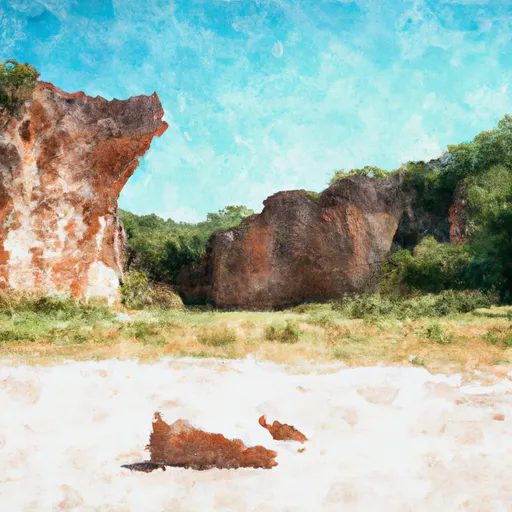°F
°F
mph
Windspeed
%
Humidity











Flatonia is a small town in Fayette County, Texas. The climate in Flatonia is categorized as humid subtropical, with hot summers and mild winters. The region experiences frequent thunderstorms and occasional hurricanes. Hydrology constituents in the area include the Colorado River, which flows about 20 miles to the north of Flatonia, and several creeks and streams. Outdoor recreation opportunities in Flatonia include fishing and boating on the Colorado River, hiking and camping in nearby parks, and hunting in the surrounding forests. The area is also known for its rich agriculture, with cotton, corn, and soybeans being the primary crops.
Weather Forecast
Flatonia receives approximately 935mm of rain per year, with humidity levels near 90% and air temperatures averaging around 21°C. Flatonia has a plant hardyness factor of 8, meaning plants and agriculture in this region tend to thrive here all year round.
Regional Streamflow Levels
83
Cubic Feet Per Second
0
Cubic Feet Per Second
584
Cubic Feet Per Second
1
Cubic Feet Per Second
Nearby Camping
| Camping Area | Reservations | Toilets | Showers |
|---|---|---|---|
| Yoakum City Park | |||
| Green Dickson Park | |||
| Cuero City Park | |||
| Hallettsville City Park | |||
| Vernon L Richards Riverbend Park | |||
| Coleto Creek Park |



